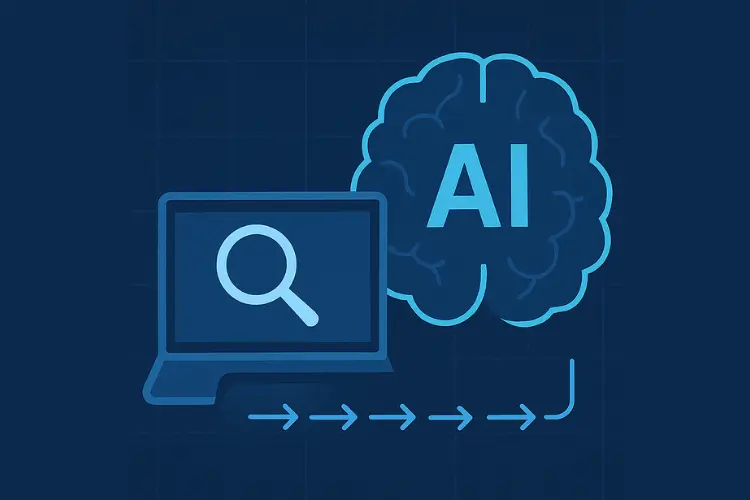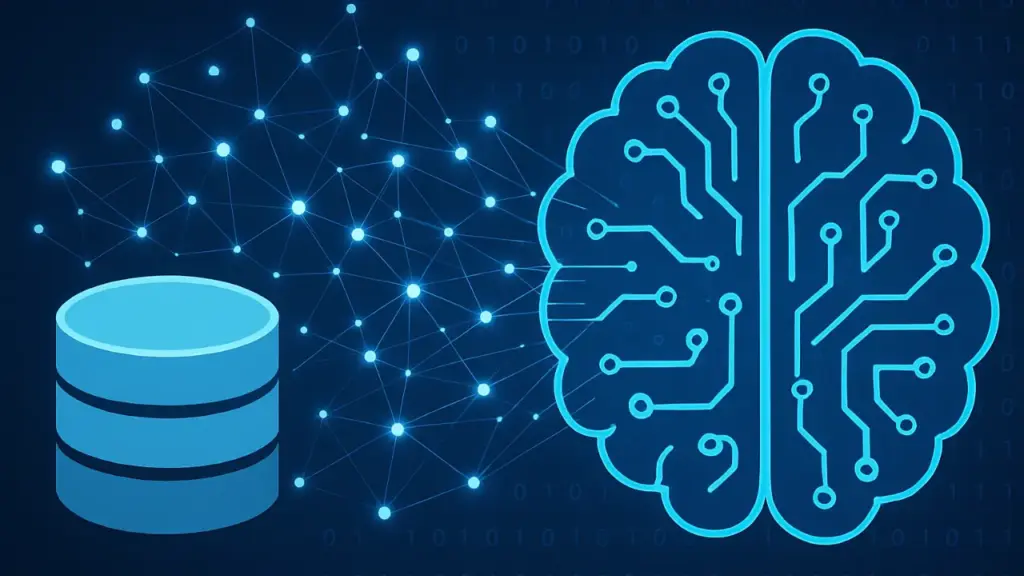Introduction: The AI Hype Is Misleading
The AI world is buzzing. Headlines scream about massive language models and billion-dollar research labs. Everyone’s talking about GPT-4, Claude, Gemini, and OpenAI’s next secret project.
But here’s the truth: most of this hype is misdirected.
While tech giants boast about parameter counts and transformer tweaks, the real action is happening elsewhere—in data pipelines and infrastructure.
If you think the AI race is about building smarter models, think again. The companies winning the AI game aren’t the ones with the biggest LLMs. They’re the ones who can retrieve the right information faster than anyone else.
The Hidden War Behind the AI Curtain
It’s not about who builds the smartest AI anymore. It’s about who can access, organize, and retrieve information with speed and accuracy.
That’s the real battle.
OpenAI, Google, Meta—they aren’t just chasing intelligence. They’re fighting over data supremacy. Their edge isn’t better algorithms. It’s better data systems.
The sad part? Many tech executives still obsess over model size while ignoring the critical infrastructure that makes those models useful.
The Dataset Is the Secret Sauce
Let’s bust a myth.
Most AI breakthroughs in the last two years weren’t powered by innovative models. They were powered by new types of data.
It wasn’t about smarter machines—it was about giving machines better access to information.
Take these examples:
- AlexNet revolutionized computer vision. Why? Because of ImageNet, the first large-scale labeled image database.
- GPT models exploded because researchers found ways to process the entire internet as training data.
- Reinforcement Learning with Human Feedback (RLHF) worked because it tapped into massive datasets of human preferences.
The pattern is clear: data unlocks potential. Every major AI leap happened when we discovered a new dataset or a new way to process existing information.
RAG: The Real MVP Behind AI Demos
Most of the AI demos you see online today—those slick chatbots and smart assistants—aren’t relying solely on language models.
They’re using something called Retrieval-Augmented Generation (RAG).
RAG isn’t a model. It’s a method.
Here’s how it works:
- You ask a question.
- The system retrieves relevant info from a database.
- Then the language model generates a response using that data.
This makes the AI seem smart. But in reality, it’s just good at fetching the right content fast.
It’s not inventing answers. It’s finding them. Think of it like ChatGPT powered by Google Search—but for internal business data.
Vector Databases: The Unsung Heroes
So, how does this retrieval magic work?
Enter vector databases—the backbone of modern AI applications.
Traditional databases rely on exact matches. But that doesn’t work for natural language. That’s where vector search comes in.
Vector databases turn words and documents into numerical vectors. These vectors capture meaning and context. When you ask a question, the system compares your query to these vectors and pulls out the most relevant matches.
This is how AI assistants know which document to quote or which policy to reference.
Popular tools in this space include:
- Pinecone
- Weaviate
- Chroma
- FAISS (Facebook’s open-source solution)
These tools are transforming business AI. They enable internal knowledge bases, customer support bots, and product recommendation engines—all powered by smart retrieval.
The New Engineering Priority: Context, Not Prompts
A year ago, everyone was obsessed with prompt engineering. Companies hired “prompt engineers” to craft the perfect instructions for language models.
Today, that trend is fading.
The real challenge isn’t about writing better prompts. It’s about feeding the model the right context at the right moment.
This is called context engineering.
Good context leads to good answers. No matter how well you write your prompt, if the model doesn’t have access to the right information, the output will be flawed.
That’s why companies building effective AI tools focus on structuring and embedding their documents for fast retrieval—not prompt wizardry.
History Proves the Point: Data Unlocks AI
Every leap in AI capability came from unlocking a new type of dataset. Let’s break this down:
- Computer vision took off when ImageNet became available.
- Language models improved once we trained them on entire internet corpora.
- Human-aligned models emerged after we collected massive feedback datasets.
- Reasoning engines like OpenAI’s O1 use verifier data—structured facts, logic chains, and verified reasoning trees.
None of these advances came from new model architectures. They came from better data.
Smarter AI always follows better data access.
The Future of AI Is Retrieval-Native
Here’s the big idea: retrieval is the future of AI.
The smartest applications in 2025 and beyond won’t just be LLMs. They’ll be retrieval-native systems that combine search, embeddings, and natural language generation.
That means:
- Embedding your company knowledge base.
- Using vector search to grab relevant snippets.
- Feeding those snippets to LLMs for output.
This is already happening.
The best customer service bots don’t memorize FAQs. They search for answers in real-time.
Internal AI assistants aren’t trained from scratch. They connect to vectorized document stores.
AI in medicine, law, and finance will only work if retrieval is fast, precise, and context-aware.
Forget massive models. The winners will master information flow.

Conclusion: It Was Always About the Data
The AI industry sold us a dream: build smarter models, and the rest will follow.
But the truth is different.
The real innovation in AI has always been about data—how you access it, structure it, and retrieve it when needed.
Your model is only as good as the context it’s given. And that context lives in databases, pipelines, and vector search systems.
If you’re building or investing in AI, focus less on model architecture and more on data infrastructure.
Want to future-proof your AI product?
Build a clean, fast, scalable vector-based knowledge system. Master retrieval. Engineer context. Then, and only then, plug in a model.
The model is the engine. The data is the fuel. Without the right fuel, even the best engine goes nowhere.
That’s the lesson companies are learning the hard way.
At StartupHakk, we decode tech trends, strip away the hype, and reveal what truly drives results in AI and beyond. This isn’t just theory—it’s what separates success from failure in the real world.




